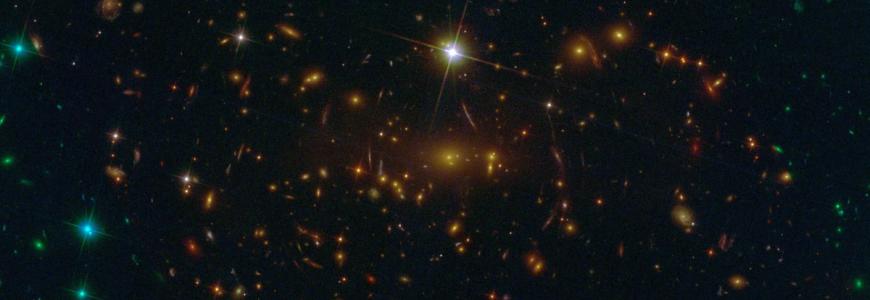Reconstructing the Inaccessible Cosmic Dawn
Science for the Public: Contemporary Science Issues & Innovations
December 06, 2022 Belmont Media Center, Belmont MA
Mark Vogelsberger, Ph.D., Associate Professor of Physics, Massachusetts Institute of Technology
After the Big Bang, the universe was a completely dark, hot plasma of subatomic particles. As the cosmos expanded it gradually cooled enough to allow the formation of the first neutral hydrogen atoms. Light finally emerges during the "cosmic dawn," a period from about 50 million to 1 billion years, during which the “reionization” phase led to the first stars and galaxies. There are many questions about this period because it is inaccessible to telescopes. Astrophysicists devise very complicated models to test their theories of this period. Dr. Vogelsberger, known for some of the most accurate simulations of the earliest galaxy formations, describes the Thesan project he developed with other scientists at MIT, Harvard University, and the Max Planck Institute for Astrophysics. This is of particular interest now that the James Webb Space Telescope (JWST) will eventually be able to site these earliest formations. Dr. Vogelsberger will also discuss other related simulation projects.
Some background

